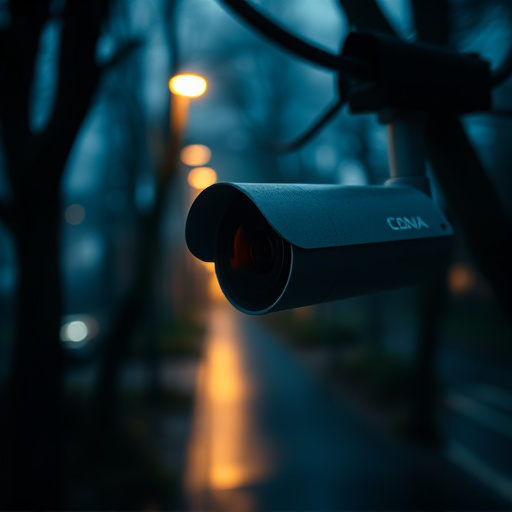Identify discreet placement for spy cameras by integrating them into everyday objects like mirrors, ceiling fans, or fake smoke detectors. Utilize shadowed corners and complex decor to reduce detection risk. Be aware of legal implications and local privacy laws regarding surveillance practices, especially in rental properties. Landlords should consider visible security measures or open communication instead of hidden cameras to respect tenant privacy.
In today’s digital age, understanding how to conceal spy cameras in rental properties is a complex issue that raises both practical and ethical concerns. This article delves into the art of identifying discreet placement for hidden cameras, exploring advanced hiding techniques for rental equipment, and dissecting the legal considerations and ethical implications surrounding this sensitive topic. Learn expert tips on how to conceal spy cameras effectively while navigating the intricate web of privacy laws.
- Identifying Discreet Placement for Spy Cameras
- Advanced Hiding Techniques for Rental Equipment
- Legal Considerations and Ethical Implications of Hidden Cameras
Identifying Discreet Placement for Spy Cameras
Identifying discreet placement for spy cameras involves a blend of creativity and technical understanding. To effectively hide surveillance equipment, consider areas that offer natural cover but remain visible enough to capture activity. For instance, placing cameras behind mirrors in hallways or bathrooms can provide clear views while appearing as regular fixtures. Another strategy is to integrate cameras into everyday objects like ceiling fans, light bulbs, or even fake smoke detectors—making them almost invisible to the naked eye.
When learning how to conceal spy cameras, remember that less is more. Discreet placement means avoiding obvious spots where someone might suspect a hidden camera. By utilizing shadowed corners, behind furniture, or within complex arrangements of decor, you can significantly reduce the risk of detection. This meticulous approach ensures your surveillance efforts remain unnoticeable and effective.
Advanced Hiding Techniques for Rental Equipment
Many renters who engage in secret surveillance employ advanced hiding techniques to conceal their equipment, often relying on creative and seemingly innocuous objects. How to Conceal Spy Cameras involves integrating technology into everyday items. For instance, cameras can be disguised as common household objects like smoke detectors, light switches, or even fake rock formations. Some models are designed to look like USB drives or power adapters, allowing them to blend seamlessly with other electronics.
These stealthy setups require a keen eye for detail and an understanding of where to position the devices for optimal visibility while maintaining their hidden nature. By utilizing these How to Conceal Spy Cameras techniques, renters can gather valuable evidence while avoiding detection, though it’s crucial to remember that such practices may come with legal implications and should only be undertaken with a deep understanding of local laws regarding privacy and surveillance.
Legal Considerations and Ethical Implications of Hidden Cameras
While setting up hidden cameras in rental properties might seem like a straightforward solution for landlords, it’s crucial to navigate legal and ethical considerations before taking this step. The use of spy cameras raises significant privacy concerns among tenants, who have legitimate expectations of being able to use their rented spaces free from unreasonable intrusion. In many jurisdictions, laws regarding surveillance vary greatly, with some explicitly prohibiting the installation of cameras without explicit consent and others allowing limited placement for security purposes.
Landlords considering how to conceal spy cameras must ensure they comply with local regulations and respect tenant privacy. Ethical implications extend beyond legal boundaries; fostering trust and transparency between landlords and tenants is essential for maintaining a harmonious rental relationship. Alternatives to hidden cameras, such as visible security measures or open communication about safety protocols, can be explored to balance security needs with tenant rights.
While the strategic placement of hidden cameras in rental properties can serve important security purposes, it’s crucial to balance these considerations with legal boundaries and ethical responsibilities. Understanding how to conceal spy cameras through innovative yet discreet techniques is essential, but always remember the implications. Respecting tenant privacy while ensuring property safety remains the ultimate goal. By carefully navigating these factors, you can create a secure environment without compromising integrity.
